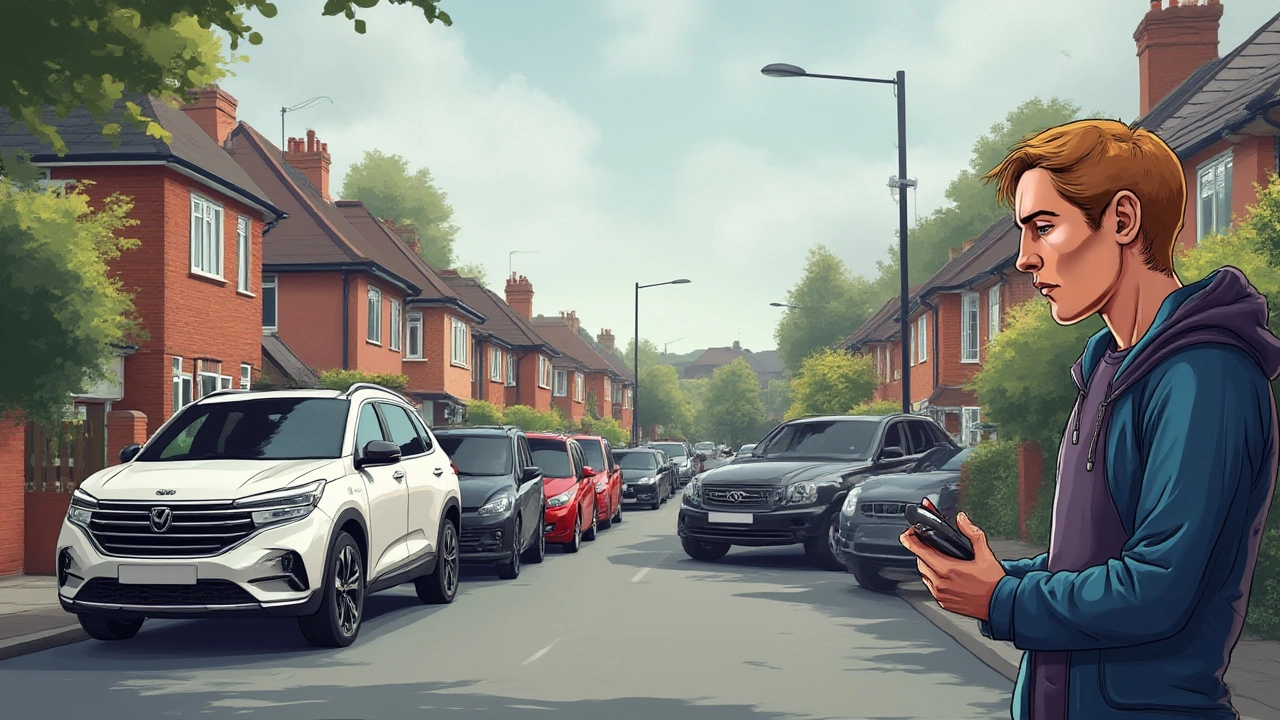Car Window Shades: The Easy Way to Beat Sun, Glare & Heat
Ever get into a car that feels like an oven? Those scorching rays not only make you uncomfortable, they can damage the interior and fade your seats. That’s where car window shades step in. A good shade blocks UV light, cuts the temperature inside, and gives you extra privacy on the road. Whether you’re commuting, road‑tripping, or just parking for a while, the right shade can make a huge difference.
Types of Car Window Shades
There are a few common styles, and each has its own sweet spot.
Roll‑up shades are like tiny blinds that tuck into a slim cassette. You pull them down, snap them in place, and roll them up when you’re done. They work well on larger windows and are easy to store.
Static‑cling shades use suction to stay put. No adhesives, no hooks – just press them onto the glass. They’re cheap, reusable, and perfect for occasional use, like at a beach day.
Magnetic shades have a thin strip of magnet along the edge. They snap onto metal‑framed windows and slide off in seconds. Ideal for SUVs and trucks with steel doors.
Custom‑fit fabric or vinyl shades are cut to match the exact shape of your window. They look sleek, stay in place with clips or Velcro, and often offer the best UV protection. You pay a bit more, but the finish feels premium.
How to Install and Care for Them
Installation is usually a breeze. For roll‑up or static‑cling shades, clean the glass first with a soft cloth and alcohol‑free cleaner – any dust will cause bubbles. Align the shade, press firmly, and you’re set. Magnetic shades just need a quick snap, and custom‑fit ones may require a few clips; follow the manufacturer’s guide to avoid overtightening.
Maintenance is simple too. When you’re done driving, fold or roll the shade back to keep it from cracking. If it gets dirty, wash it with mild soap and lukewarm water, then let it air dry. Avoid harsh chemicals; they can break down the material and reduce UV blocking efficiency.
One tip that many forget: store your shade in a cool, dry place when not in use. Heat can warp plastic shades, and moisture can cause mildew on fabric options.
Legal stuff matters as well. In most UK regions, you can tint windows up to a certain percentage, but removable shades are generally exempt from those limits. Still, make sure the shade doesn’t obstruct your view of the road or mirror. If you’re unsure, a quick check with your local vehicle authority can save you a fine.
Finally, think about where you need the most protection. Front windshield shades are great for keeping the dashboard from cracking, but they can be bulky. Rear and side window shades are perfect for protecting passengers and keeping the cabin cool when you’re parked. Choose the combination that fits your driving habits.
Bottom line: a quality car window shade is a low‑cost upgrade that pays off in comfort, interior preservation, and privacy. Pick the type that matches your vehicle, follow the simple install steps, and keep it clean. Your car will stay cooler, your seats will last longer, and you’ll enjoy a more pleasant ride every day.

